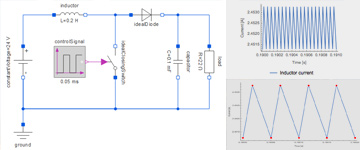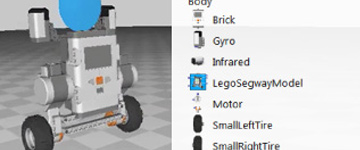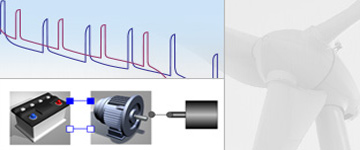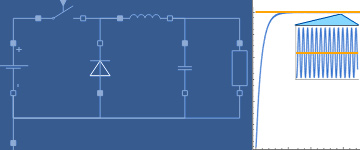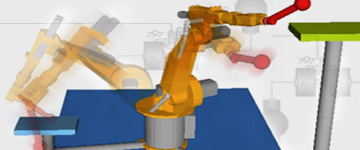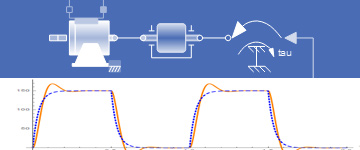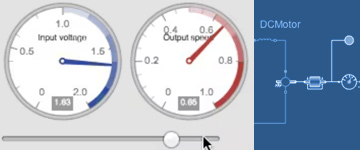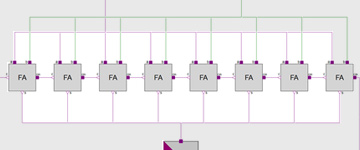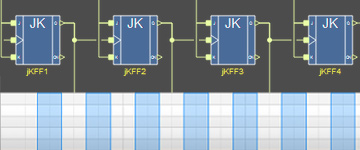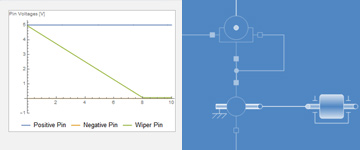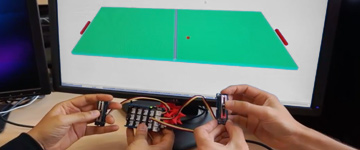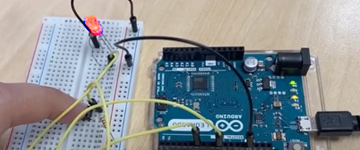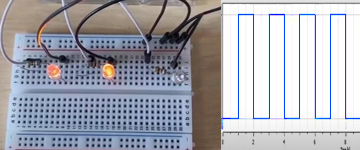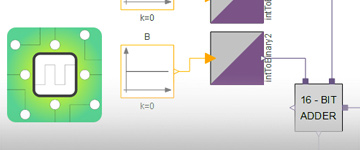Electrical Engineering
Use System Modeler to construct and study electrical circuits, power electronics, and electrical machinery. Combine electrical and mechanical components to build complete system models. Perform analysis tasks and measure performance.
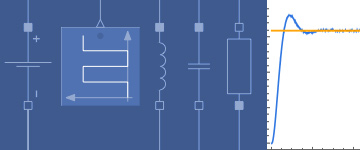
Buck-Boost Converter
Buck-boost converters are used both to step up voltage from a lower level to a higher level and to step down voltage from a higher level to a lower level. Buck-boost converters can be found in applications where the supply voltage changes over time, such as battery-powered applications.

Flip-Flop
Flip‐flops are digital logic circuits commonly used in processes where there is a need for digital data storage and transfer. In this example we will use the Digital library, a part of the Modelica Standard Library, to demonstrate the use of basic logic gates in a pulse‐triggered master‐slave flip‐flop.
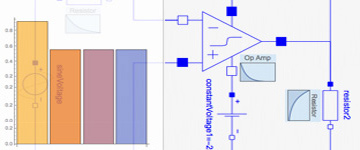
Electrical Circuit Reliability
A model can be used for many things, and one of them is the possibility to calculate the reliability for the system modeled. With information about the lifetime of each component, the lifetime of the complete system can be studied. In this example, we look at how heat affects the mean time to failure (MTTF) for an amplifier.
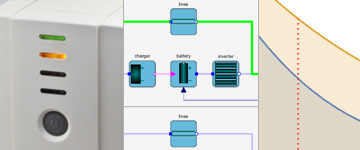
UPS Reliability
An Uninterruptible power supply (UPS) is used to protect electrical devices such as computers from power failures, when the main power fails. Using a model where both the physical behavior and the reliability is modeled, conclusions can be drawn about both the switching behavior and the system reliability.
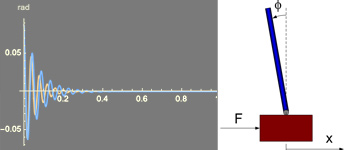
Inverted Pendulum: Symbolic Model Linearization
Linearization makes it possible to use tools for linear systems to study nonlinear systems around an operating point. In this example, an inverted pendulum is linearized around its upright position. The goal is to analyze the behavior of the controlled inverted pendulum system for varying lengths of the pendulum.
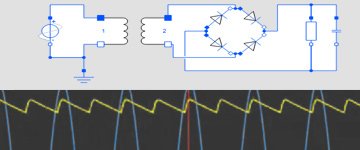
Full-Wave Bridge Rectifier
Many applications require direct current, DC. However, transporting direct current through the power lines has several disadvantages compared to alternating current, AC. AC can be used in transformers and allows for higher-efficiency power conversion and transmission. For the electricity found in power outlets to be used in DC circuits, it first needs to be converted into direct current. One way to do this is to use a full-wave bridge rectifier.
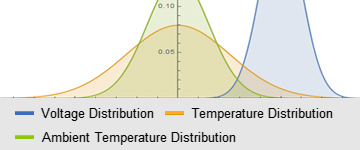
Evaluating the Robustness of a Temperature State Estimator
This model analyzes the robustness of a state estimator, taking measurements from an electrical radiator. The state estimator blends together different measurements and a model of the system in order to estimate the current radiator temperature. To evaluate the robustness, noise is added using blocks from the Modelica.Noise library.
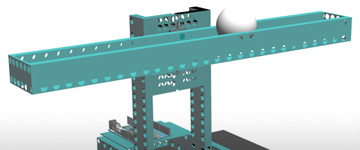
Ball and Beam: Deploy Controller to Hardware
Implement the V-model for control system design, deployment and testing. Model your system in System Modeler, then design a controller in the Wolfram Language. Use the Microcontroller Kit to generate automated code and deploy it into a microcontroller. Subsequently, validate your standalone model with the control targets. This example shows how to design, deploy and test a PID controller to balance a ball on a beam.
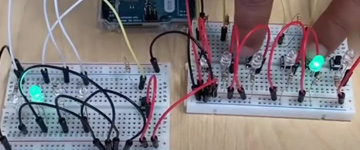
Combinational Circuits: Create a 3-Bit Adder
Combinational circuits are used to perform Boolean algebra on input signals and on stored data. They are made up of basic logic gates that are combined to produce powerful switching circuits. In this example, you will create a 3-bit adder and connect to hardware using Arduinos.
Wolfram System Modeler
Try
Buy
System Modeler is available in English
and Japanese
on Windows, macOS & Linux »
Questions? Comments? Contact a Wolfram expert »
